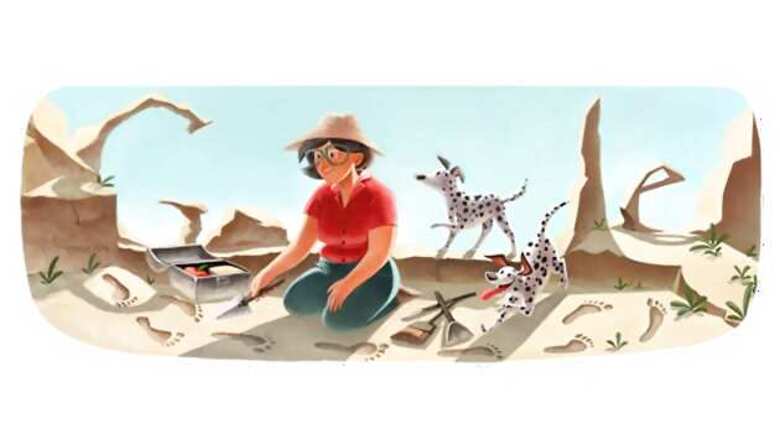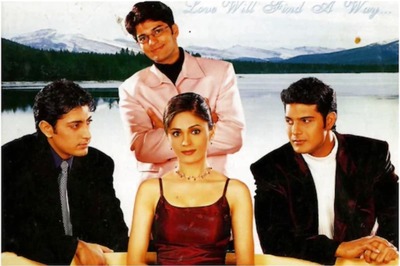
views
New Delhi: Commemorating the 100th birthday of the British archaeologist and anthropologist Mary Leakey, Google has posted a doodle on its homepage. The doodle features Mary Leakey on an archaeological site, who looks busy with her excavation work.
The doodle features two Dalmatians as Mary was an animal lover who was almost always accompanied in the field by three or four dalmatians. It also exhibits one of her major discoveries "the Laetoli footprints", and some tools used in archaeology.
The first and last two letters of the word Google are seen in the backdrop, while Mary Leakey and one of the Dalmatians replace the second O and second G of the word Google, respectively.
Born on February 6 1913, Mary Leakey is widely known for discovering the first fossilised Proconsul skull, an extinct ape now believed to be ancestral to humans, and the robust Zinjanthropus skull at Olduvai Gorge.
Along with her husband Louis Leakey, Mary uncovered the tools and fossils of ancient hominines. She is also credited for developing a system for classifying the stone tools found at Olduvai, and discovering the Laetoli footprints, which received recognition by the public for providing convincing evidence of bipedalism in Pliocene hominids.
In 1933, she was a 20-year-old archaeological illustrator in London when she met Louis Leakey. A married man with two children, Leakey left his family to begin a new life with Mary that revolved around the search for the origins of man.
Louis and Mary Leakey found fossils in Tanzania and Kenya that indicated man's evolution began in East Africa 2 million years ago, far earlier than was believed at the time of the discovery.
Three months before her death, Mary Leakey agreed it was impossible for scientists ever to pinpoint exactly when prehistoric man became fully human. But then, the precise relationship between man and his ancestors was not her passion; instead, she was fascinated by early man's behaviour.
Leakey filled her life with fossils and bones, making delicate drawings of prehistoric tools, and doted on her Dalmatian dogs. She had three sons with Louis Leakey, her partner in the great search for the origins of man that took them through much of East Africa.
She had no formal education in archaeology or paleontology, but Leakey's eye and passion guided her to many significant finds - the most important when she was 65.
After Louis Leakey died in 1972, Mary overcame her shyness to emerge from her husband's shadow and become a scholar in her own right. In 1978, six years after her husband's death, she made her most important discovery: footprints frozen for 3.5 million years in volcanic mud, which demonstrated that early hominids walked upright much earlier than previously thought.
Mary Leakey was particularly fond of mystery novels, as well as Cuban half-Corona cigars and single-malt whiskey.
Archaeologist and anthropologist Mary Leakey, whose driving curiosity about prehistoric humans led her and her husband to momentous discoveries about man's origins, died on December 9 in 1996. She was 83.



















Comments
0 comment